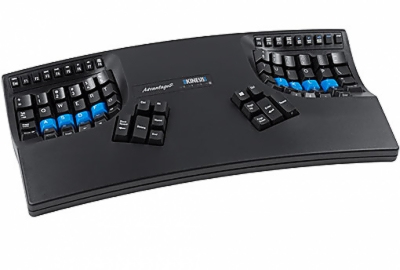KINESIS KB600 Standard
CAD 497.30
Quantity :
PRODUCT DETAILS:

